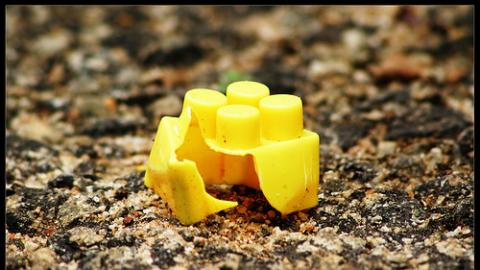Child Abuse: Top Ten Prevention Tips
0 comments
135 views

The Ontario Association of Children’s Aid Societies (OACAS) has published a Top Ten list for preventing child abuse.
Their tips include:
1. Report abuse. The OACAS reminds us that it is our legal duty to report it if we suspect a child is being abused or neglected.
2. Understand abuse and neglect. “Physical abuse and sexual abuse are clear examples of maltreatment, but so too is neglect – the failure to meet a child’s basic needs for food, clothing, shelter, sleep, medical attention, education and protection from harm,” explains the OACAS website. “Children can also be emotionally abused when their parent or caregiver attacks their child’s emotional development and self worth by constantly criticizing, teasing, bullying, rejecting or ignoring the child.”
3. Identify the signs of abuse. According to the OACAS, signs can include unexplained injuries, fears, difficulty trusting others or making friends, sudden changes in eating or sleeping patterns, poor hygiene, secrecy and inappropriate sexual behaviour.
4. Volunteer in your community. Take the opportunity to volunteer to support programs that help vulnerable families in your community.
5. Invest in prevention efforts. “Too often, intervention occurs only after abuse is reported,” explains the OACAS website. “Greater investments are needed in programs that have proven to stop abuse before it occurs – such as family counseling and mandatory parenting education.”
6. Advocate for children and families. Encourage your elected representatives to support policies that will ensure the well-being and health of children and families: for example, access to affordable day care and housing, parenting centres and after school recreation programs.
7. Educate yourself and others. Invite your local children's agency to your church to give a presentation about child abuse and neglect.
8. Let children know their rights. Children need to that they have a right to be safe and to have their physical and emotional needs met. If they understand this, they will be more likely to report abuse.
9. Discipline without hurting. “Remember discipline is meant to teach your child how to behave, be safe and get along with others. Hitting may have an immediate effect, but it doesn’t teach children self-control,” explains the OACAS website. “Physical punishment teaches children that hitting is okay and it teaches them to be afraid and hide what they are doing from you.”
10. Ask for help. If you or another parent needs help, ask for it. Call your local children’s agency to learn about the resources that are available.
Connect to The Network and add your own question, blog, resource, or job.
Add Your Post
Let's Discuss
We love your comments! Thank you for helping us uphold the Community Guidelines to make this an encouraging and respectful community for everyone.